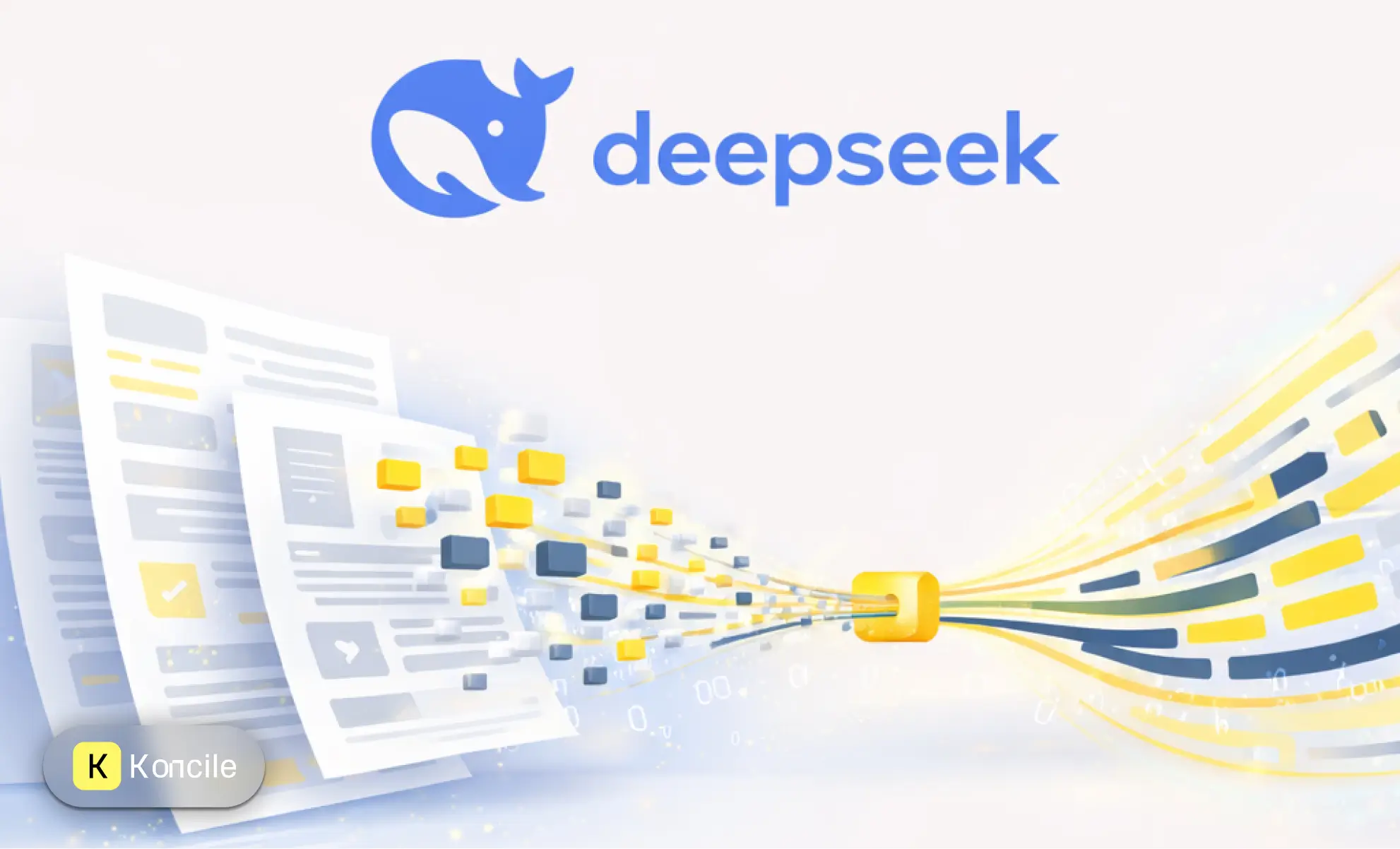
A clear, structured explanation of DeepSeek OCR and its approach to document context.
Glossary
Dernière mise à jour :
June 16, 2025
5 minutes
Quickly learn how to turn documents containing tables, line-by-line data, or other complex structures into data ready to be used in spreadsheets or Excel. Convert unstructured information into organized, actionable data.
Extracting tables from scanned documents is hard—manual entry or basic OCR often causes errors and slows down workflows.
Financial and accounting data is often buried in scattered tables within PDF files or images, making it difficult to access and analyze.
Thanks to artificial intelligence and optical character recognition (OCR) technologies, it is now possible to automatically extract and structure this information even when it is not available as selectable text.
This type of automation is part of a broader approach known as intelligent document processing, which combines OCR, AI, and business rules to process documents at scale.
Once extracted, this data can be organized in a way that maximizes its value, enabling cost savings, error detection, and more efficient expense management.
In this article, we explore the main techniques used to detect and extract tables from documents, along with practical tips to help your developers implement these solutions in your projects.


Today, it is possible to extract and structure data from these tables to maximize its use: opportunities for savings, error detection, expense management.
We present the main artificial intelligence techniques used to detect and extract tables from documents, along with practical tips to help your developers implement these solutions in your own projects.
Computer vision plays a crucial role in table detection. Common methods include the use of Convolutional Neural Networks (CNN) to identify tabular structures in documents. These networks can be trained on labeled datasets to learn how to recognize table borders and cells.
Key Technique: YOLO (You Only Look Once)
Once the tables are detected, the next step is their extraction and understanding. NLP techniques are used to interpret the data contained in the tables and to structure it in a usable manner.
Key Technique: Transformer Models (e.g., BERT, GPT)
Combining computer vision and NLP results in more robust outcomes. At Koncile, we use CNNs to identify table areas, followed by transformer models to structure the content semantically forming the backbone of our OCR data extraction software.
For example, a common approach is to use computer vision to detect tables and then apply NLP techniques to extract and structure the data.
Example of a Combined Approach at Koncile
The quality of training data is crucial for AI model performance. Ensure you have a diverse and well-labeled dataset. Include different types of documents and table formats to make your model more robust.
Separate your dataset into training and validation sets. Use cross-validation techniques to evaluate your models' performance and avoid overfitting.
Once your models are trained, optimize them for real-time use by reducing model size or leveraging GPU acceleration. In finance workflows, these tools can support ocr accounting, helping automate ledger reconciliation, tax detection, and expense report processing. This may include compressing models to make them lighter and faster, as well as setting up robust infrastructures to handle real-time demands.
Move to document automation
With Koncile, automate your extractions, reduce errors and optimize your productivity in a few clicks thanks to AI OCR.
Resources

A clear, structured explanation of DeepSeek OCR and its approach to document context.
Glossary

The European AI Act frames AI through risk. Learn what's changing for businesses, sanctions, and decisions to make.
Glossary

Koncile is elected startup of the year by ADRA. The solution turns procurement documents into actionable data to detect savings, monitor at scale, and improve strategic decisions.
News